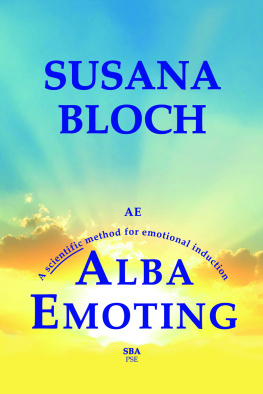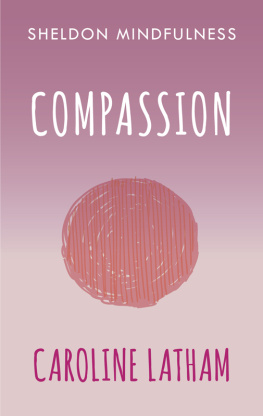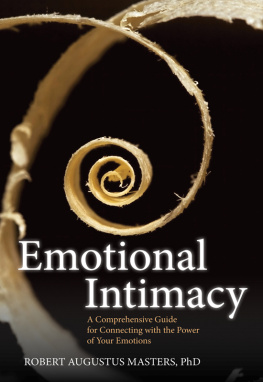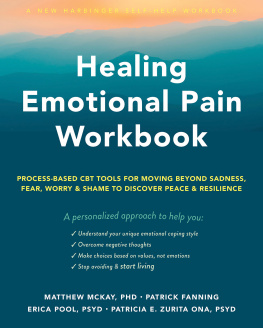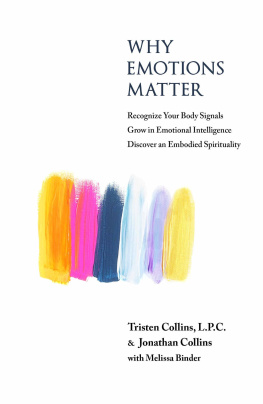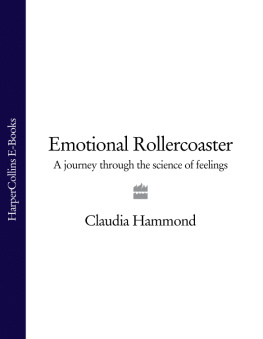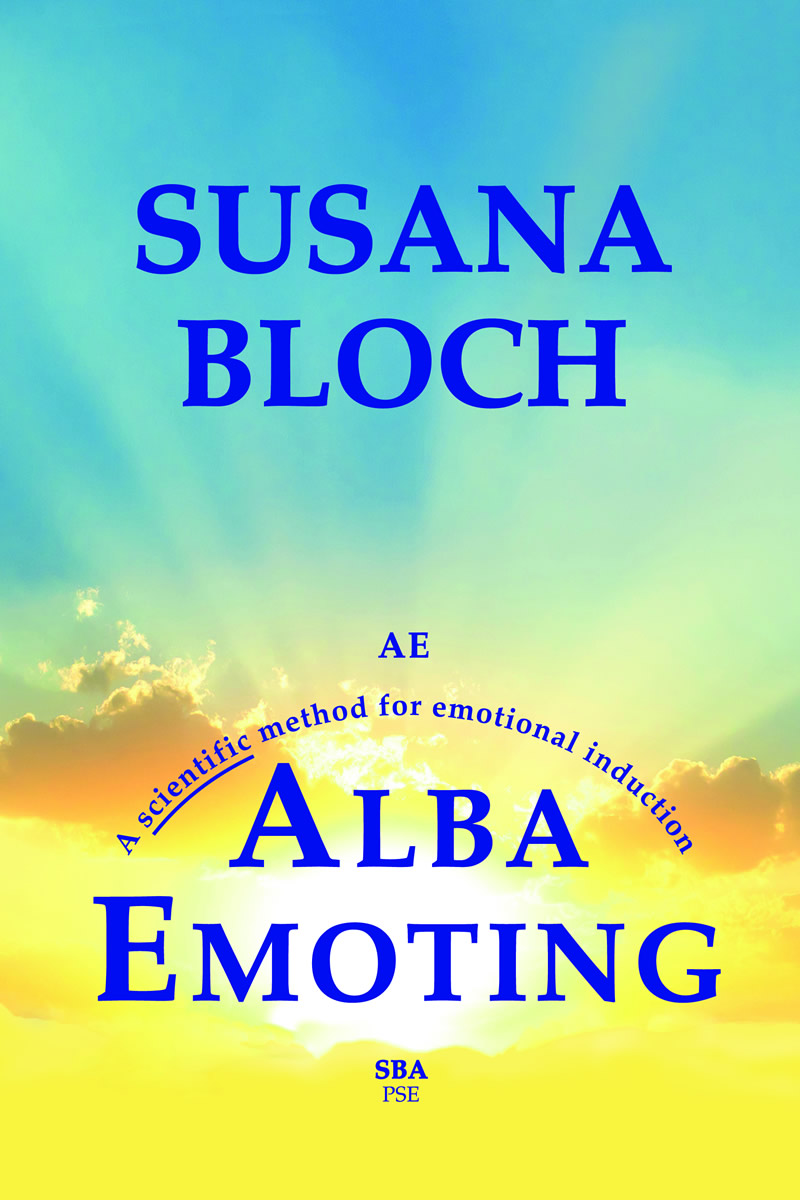
ALBA EMOTING:
A SCIENTIFIC METHOD FOR EMOTIONAL INDUCTION
Susana Bloch
Alba Emoting: A Scientific Method for Emotional Induction
Copyright 2015 by Susana Bloch. All rights reserved.
No part of this publication can be reproduced or transmitted in any form or by any means, electronic or mechanical, without permission in writing from the author or publisher.
Alba Emoting: A Scientific Method for Emotional Induction by Susana Bloch
Cover design by Maggie Cousins
Book design by Rob Reid, 52 Novels
Al Alba de las Emociones, 1st published in Spanish 2002,
by Editorial Grijalbo (Random House Mondadori).
Re-edited in 2007 by Uqbar Editores
Re-released in 2015
Translation into English by the Author first published as The Alba of Emotions, Ediciones Ultramarinos PSE, 2006 (Santiago, Chile).
Second revised edition,
Edited by Patricia Angelin and Elizabeth Townsend
2015
Copyright 2015 Susana Bloch
To my daughters, Alejandra and Claudia,
here and There
CONTENTS
Why and how I got interested in the subject of emotions
Neuroscience, Theatre and Emotions
Why and how do we emote?
The emotional state
Three levels of activation
William James theory
Basic Emotions
Is the subjective experience of an emotion the same for everybody?
From Basic Emotions to Mixed Emotions
Duration and intensity of an emotional state
Mixed Emotions
Leaving Chile across the Andes
In Paris, by the Seine river
Measuring respiratory rhythms
Dramatic adieu to the pigeon world
Structured representation of the basic emotions
The observer recognizes what he sees. Is such judgment valid?
The analysis of the subjective content of an emotion
Publishing in Theatre Topics
The article in Science & Vie
First empirical observations
Experiences and recordings under hypnosis
We feel what we breathe
How do we breathe the emotions?
Body Posture and Facial Expression
How does the body move with emotions?
What happens with our faces when we emote?
Respiratory-postural-facial patterns
Emotional Induction: procedure to enter into an emotion
The Step-Out procedure
From the Technique to the Method: Recommendations to learn Alba Emoting
Stories lived with theatre people
Training actors
The basic emotional patterns
Modulation of intensity
Succession of emotional patterns and stage games
The Step-Out technique
Mixed Emotions
Analysis and notation of the emotional melodies of dramatic texts
Collateral psychotherapeutic effects
Resistance to the use of the method: defenders and detractors
Conclusions for training actors
Publicity
Organizational Development
Psychotherapy
PROLOGUE by Pedro Sndor
For big evils, great remedies
We need to isolate and express intensely the basic emotions in order to better recognize and understand our ever present mixed emotions, the incredible sublime emotions, and our exasperating moods, with their sequels altered psychological states such as stress, induced disorientation, depression, schizophrenia and others.
The rapid developments of metropolis replacing countryside, a more and more sedentary daily life, the culture-shock of television, virtual worlds, the speed of technological changes, the globalization of economies and cultures, and the accelerated deterioration of the ecological niche, all produce a loss of our capacity to feel and express emotions,
The mechanical language of machines that have no emotions predominates over human presence, which is essentially emotional.
Our modernity, with its huge mechanistic invasion overpowering what is human, confuses and reduces the physical expression of emotional codes, which are essential for the survival of our species.
We are faced with a critical question. Can the noise of machines recoil and disappear in the face of the divine sonority of human emotional expression?
Alba Emoting is a system that, starting from particular ways of breathing followed by simple physical actions, makes it possible to feel and express the emotions of sadness, joy, fear, anger, sexuality, and tenderness in all their strength and purity. It is a great remedy for recovering the lost dimension of emoting.
Susana Bloch calls these six emotions, basic emotions.
To experience the expressive strength of these basic emotions makes it possible for us to have a better perception of the emotional rhythms and melodies that fill our daily living spaces and thus enter into our own emotional rhythms and melodies more naturally.
At the same time, appreciation of the truly real emotional silence which is produced in the rarely attained neutral emotional states, increases. This silence occurs occasionally and usually suddenly and, when it happens, we say, an angel just passed by. This is a state of meditation that is essential for emotional balance.
The style in which this book is written is unusual; it strives to communicate the essential role emotions play in the quality of life of human beings, especially in the vertigo of this present time.
This is a narrative style that Susana developed when she worked with me on the film, called Alba Emoting, a style which she continued to use later in her book, Biology of Emotions and Alba Emoting, Dancing Together, written jointly with the Chilean biologist, Humberto Maturana, in 1996.
Susana lets her writing flow, driven by her need to communicate with the reader, almost like the child she once was, full of imagination when in the presence of the songs of birds, rivers, sand and air, and above all, of laughter, sorrow, tenderness, anger, erotic love and human fear.
To allow herself to flow in this writing as a child, being in fact a woman of a certain age, implies an act of wise maturity. Otherwise, the coherence and specific intellectual stature of Alba Emoting could not have been transmitted.
With the unexpected structure of this book, which appears to be almost nave, with non-linear timing, intermingling testimonials, poems and sentences that are significant to her, the author succeeds in transmitting the enormous complexity that lies behind an apparently simple technique, and avoids a mechanistic transmission of de-emotionalized knowledge and experience, without sacrificing the rigor and clarity needed to communicate this important scientific discovery. Her discovery deals with the Emotional Effector Patterns of sadness, joy, anger, fear, sexuality, and tenderness.
These patterns are the same for all human beings, independent of their cultural origins, physical characteristics or geographical locations. They are biological, non-psychological and non-historical.
The system created on the basis of this discovery was named Alba Emoting by its authors, Susana Bloch and myself.
The reader of this book, who wishes to enter more rapidly into the subject matter, should begin with Part II and then go on to Appendix I.
To those readers who want to understand more subtly and in depth the richness, power and complexity involved in the use of this method, which goes far beyond a mere mechanical reproduction of the Emotional Effector Patterns I recommend that this book be read from beginning to end.
I invite you to journey with Susana through the intricacies of her mind, heart, soul, and personality that brought her to discover a great secret hidden since the dawn of time, in the depths of the most profound and inscrutable chest of mysteries.
Next page
